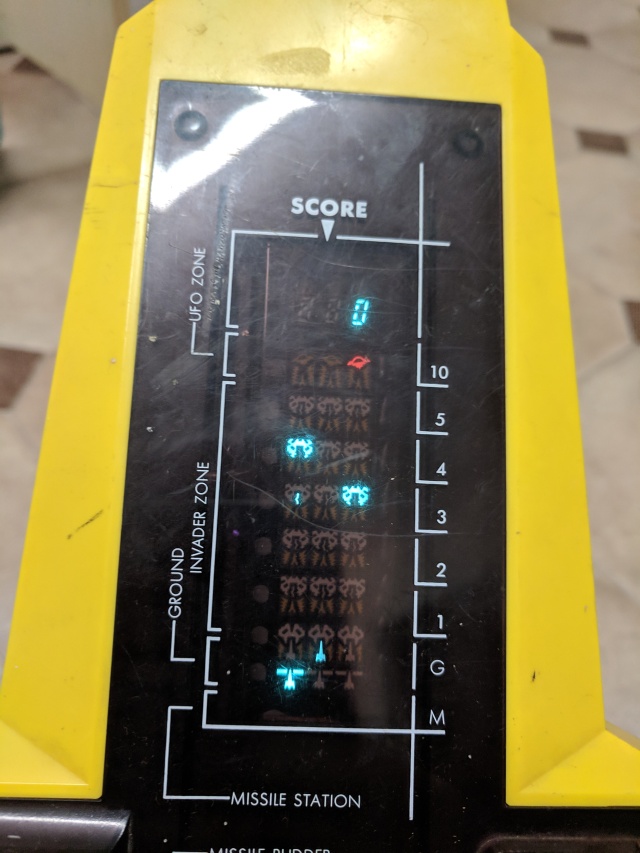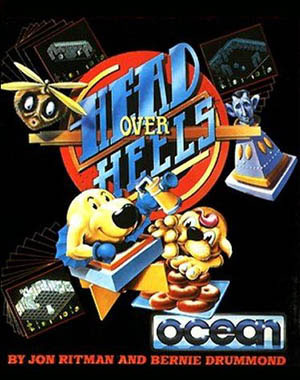
How on earth did I end up with eight Animal Crossing Amiibo? Mr Resitti was upstairs when the picture was taken, in case you wondered. What was going through my mind as I clicked them into my Amazon shopping basket, these little statues that served no purpose, who’s only function was to sit on a shelf gathering dust. OK, so occasionally me and my son used them in Mario Maker, but these cheery little souls have added absolutely no tangible value to my life whatsover. So what on earth was I thinking?
Animal Crossing was a Nintendo franchise that always passed me by. I was aware of the Gamecube version but thought it too cute to be of interest to me, and I only owned a Wii quite late in it’s life, mostly so I could play Skyward Sword and Mario Galaxy. Then along came the 3DS, and with (at the time) a seven year old daughter I thought it might be a nice game for us to play together. We’d start a community, I’d be the Mayor, and she could have a little house of her own.
We loaded it up and went through the process of setting up our town. For reasons that totally escape me, we named it ‘ApplePie’, absolutely no idea why. It was probably some little in-joke on the day we started. It suggests more than anything that it’s what we had for pudding at tea. But the name stuck, and we moved around town and got to know the animals we shared a space with.

Our firm favourite soon became Tucker. What did we like about him? Mostly the fact that he kept on calling us ‘Fuzzers’. We found this hilarious, and even to this day when texting each other we use it as a term of endearment. There was Mott, a rather surly lion, and a parrot who’s name escapes me who had an alarming amount of weight lifting equipment in his house.
I wasted hours on 3DS Animal Crossing. Not as much as some, but enough for it to start to take up a sizeable chunk of my free time. I would spend evenings digging up fossils. I would spend hours on the island catching exotic fish, enjoying Kapp’n song on the journey over. I even used to take my console in the toilets at work to check on turnip prices during the day, sneaking away from my day job for virtual toil.
Then, as with most games, my interest waned. I used to check in occasionally, Isabelle giving me a hard time on the start up screen for being a stranger. And then, I just stopped visiting entirely. A couple of months ago, out of curiosity, I checked in after a five year absence, and ApplePie was a mess, a glimpse of post-Brexit Britain. The weeds were waist high, and most of my favourite villagers were long gone, escaping town for pastures new where the Mayor checks in. I wandered round this desolute ruin and switched off, never to return.
Back to the Amiibo. They were cheap on Amazon. I guess Nintendo made too many of them and they needed shifting. They were on for about a fiver each, and in a fit of madness I bought all these. A fever came over me and I kept on clicking. My Amazon orders are sent to my wife’s office, so over a number of days she sat there bemused as these little statues kept tumbling out of parcels.
We used them for Christmas presents for our children. To be fair, they loved them, but once opened they went on the shelf with all the other Amiibo. Other? Yes, it won’t surprise you that these are the drop in the Amiibo ocean. I’d say we have a good 25, and whilst they do all look very nice, they serve little to no purpose.
Animal Crossing, game and Amiibo, have cost me about £80. The other Amiibo a good £250, at least. A sobering thought that I could have bought my mortgage down by nearly a month if I’d resisted the purchase. But I didn’t, and there they sit, on a shelf, reminding me daily how I really shouldn’t be allowed the Amazon app on my phone.












